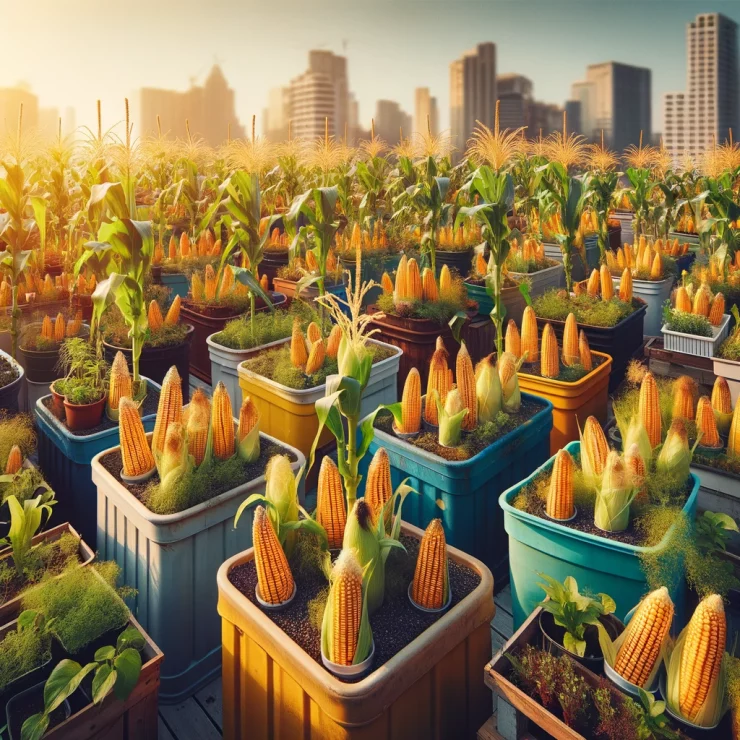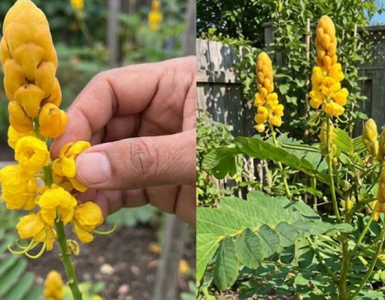Growing corn in containers may seem like a challenge due to the plant’s size and root system, but with the right approach, it can be surprisingly feasible and rewarding. This step-by-step guide will help you cultivate your own corn in containers, providing fresh, sweet corn right from your balcony or patio.
1.Choosing the Right Containers
Corn has a deep root system and grows tall, so choosing the right container is crucial. Opt for large containers that are at least 12 inches deep and 24 inches in diameter. Each container should accommodate 3 to 4 corn plants, which helps with pollination.
2.Selecting Corn Varieties
Select dwarf or short-stature corn varieties that are bred specifically for container growing. Varieties such as ‘Golden Bantam’, ‘Early Sunglow’, or ‘Jubilee’ are excellent choices as they are more likely to thrive in confined spaces.
3.Soil and Fertilization
Use a high-quality potting mix that drains well but retains moisture. Mix in a balanced, slow-release fertilizer to provide nutrients over time. Corn is a heavy feeder, so additional side dressing of a nitrogen-rich fertilizer is beneficial as the plants grow.
4.Planting the Seeds
Steps:
Fill your containers with the prepared potting mix, leaving about 2 inches from the top.
Plant 2-3 seeds per spot in a triangle pattern to ensure pollination, pushing them about 1 inch deep into the soil.
Space these groups about 15 inches apart if using larger containers.
5.Watering Requirements
Corn requires a lot of water to grow, especially in the heat of summer. Water deeply and regularly, ensuring the soil remains moist but not waterlogged. Consider a drip irrigation system for consistent moisture, which is vital for corn.
6.Positioning
Place your containers in a location that receives full sun—corn needs at least 6-8 hours of direct sunlight per day to develop properly.
7.Pollination
Corn relies on wind for pollination, and in a container setting, you may need to assist the process. Once the tassels (male flowers) are visible and shedding pollen, gently shake your plants to help distribute the pollen to the silks (female flowers) or use a soft brush to transfer pollen by hand.
8.Monitoring and Maintenance
Regularly check for pests such as corn earworms and treat with appropriate organic pesticides if necessary. Also, watch for signs of nutrient deficiency (e.g., yellowing leaves) and adjust your feeding regimen accordingly.
9.Harvesting
Corn is ready to harvest about 20 days after the silks appear, but the best indicator is the silk itself, which turns dark and dry when the corn is ripe. Test ripeness by peeling back a portion of the husk and pressing a kernel; if a milky liquid exudes, it’s ready.
Growing corn in containers is a rewarding endeavor that requires attention to detail regarding container size, soil quality, and regular care. With the right conditions and care, you can enjoy the fruits of your labor—a fresh harvest of sweet corn that’s perfect for summer barbecues. Start your container corn garden today and enjoy fresh corn, right from your own home.






Add comment